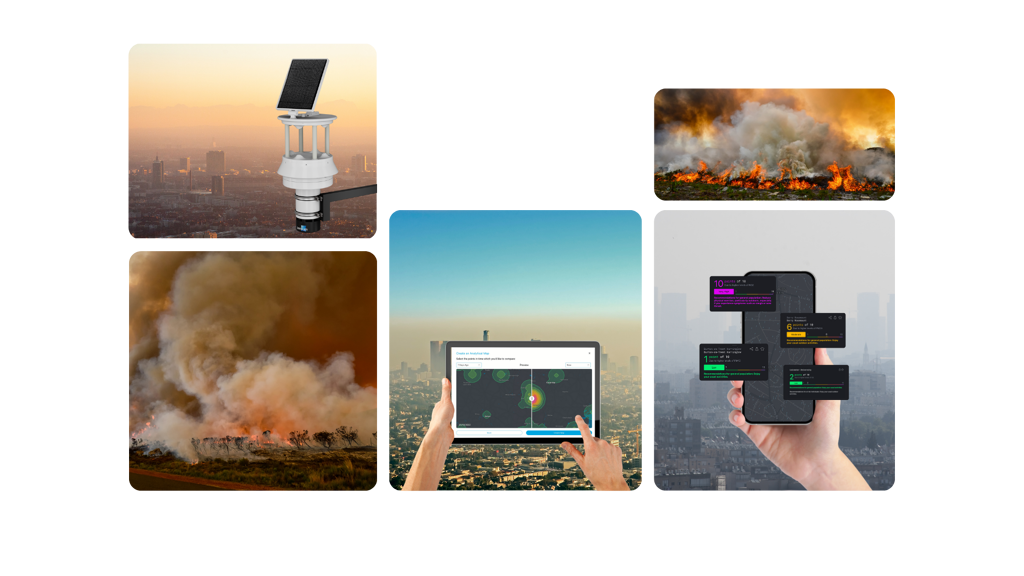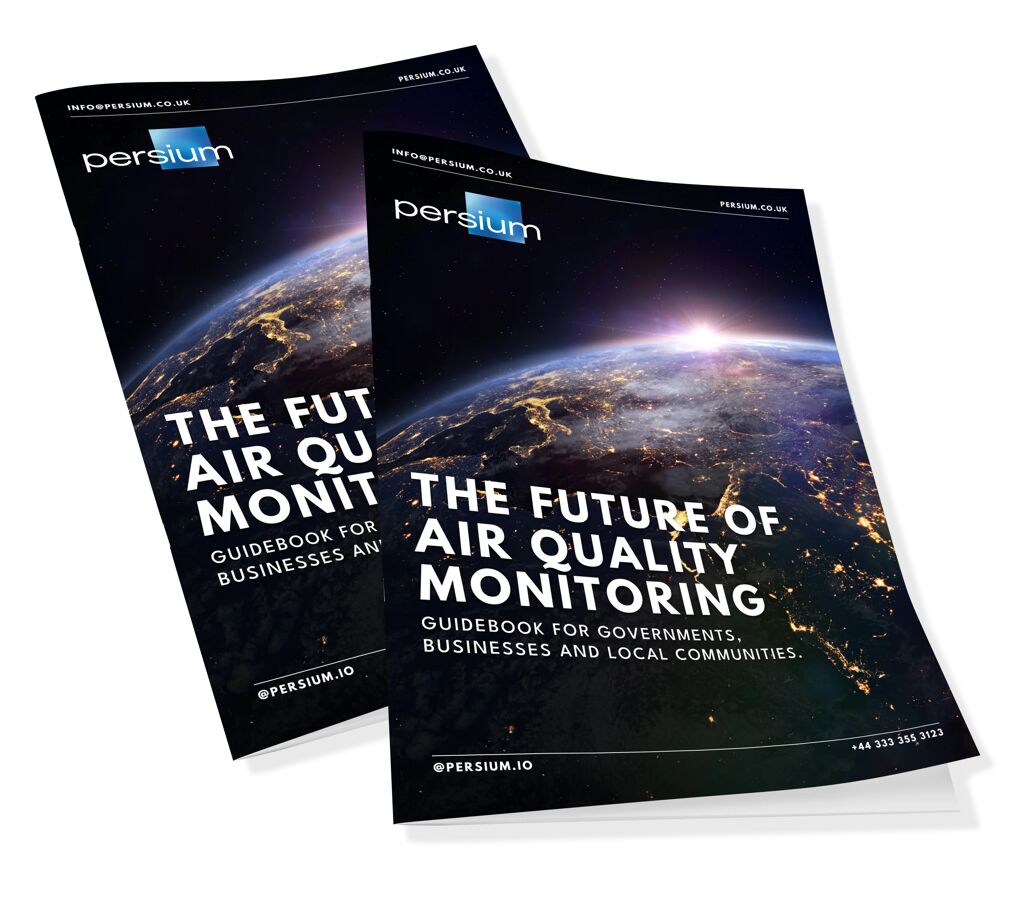
How Real-Time Air Sensors Are Powering a Smarter Wildfire Early Warning System
As wildfires grow more frequent and intense, early detection and response have become critical for community safety, public health, and environmental resilience. That’s where Persium’s wildfire early warning system steps in, using smart air quality sensors to detect threats before they escalate.
Protecting Communities with Smart Monitoring
Persium Pods are equipped with advanced Particulate Matter (PM) sensors that monitor changes in air quality in real time. This allows for the early detection of wildfire smoke, giving communities the lead time they need to evacuate, prepare, or respond.
By identifying pollution spikes tied to smoke and ash, the system acts as a first line of defence, especially for vulnerable populations in rural, forested, or high-risk zones.
Tracking the Environmental Impact of Wildfires
Beyond emergency alerts, Persium sensors provide a continuous stream of air quality data that helps environmental agencies assess wildfire damage. From ecosystem degradation to post-fire recovery, this real-time insight is essential for planning rehabilitation efforts.
Issuing Public Health Alerts During Smoke Events
During active wildfires, Persium Pods serve as public health tools—triggering alerts when air pollution reaches hazardous levels. These alerts can inform government bodies, schools, and healthcare providers, enabling them to issue timely guidance and protect at-risk groups from smoke inhalation.
Helping Firefighters Deploy Resources Wisely
Sensor data helps firefighting teams identify the spread of smoke and poor air quality in real time, aiding in strategic resource allocation. This allows for quicker interventions, better equipment placement, and more informed decisions under pressure.
What This Means for Policymakers
Smart air quality systems like Persium aren’t just about tech, they’re tools for informed decision-making.
- Support for Policy & Regulation: Tangible data provides a scientific basis for laws on wildfire prevention, controlled burns, and land management.
- Smarter Emergency Planning: Data-driven alerts help local governments create targeted evacuation plans and disaster response frameworks.
- Environmental Reporting: Ongoing monitoring supports impact assessments and long-term climate resilience planning.
- Funding & Budget Justification: Whether it’s grants, disaster relief, or climate adaptation funds, air sensor data makes a clear case for investment.



